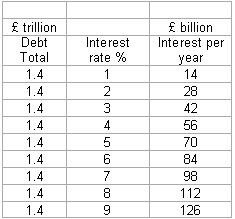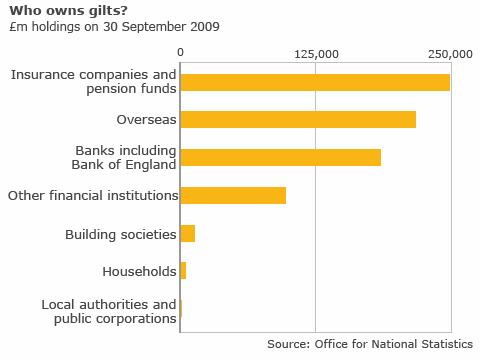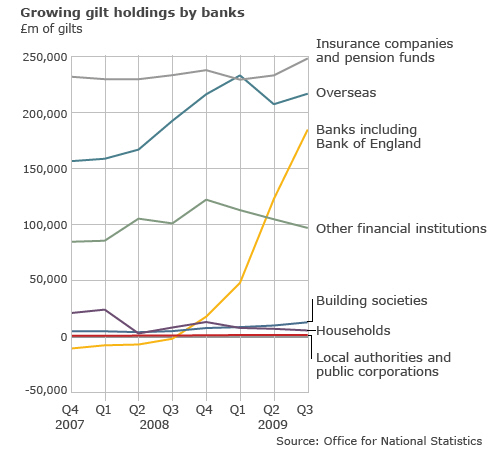


CST provides some useful resources that they regularly use.
World FactBook – ‘although’ this comes from the CIA – it is an amazingly comprehensive and easy to use reference for all countries in the world – nice comparison listings too.
https://www.cia.gov/library/publications/the-world-factbook/geos/xx.html
A bit ‘off the wall’ but interesting – The Automatic Earth (US centric)
http://theautomaticearth.blogspot.com/
Transport Research
http://www.eutransportghg2050.eu/cms/assets/Paper-2-Alt-energy-carriers-and-powertrains-DRAFT-25Jun09.pdf
see pdf – worth looking at
OECD – Comprehensive site for background information and has some new thinking too! They have just publishes a review on Education that is in line with CST.
http://www.oecd.org
Education (OECD)
http://www.oecd.org/topic/0,3699,en_2649_37455_1_1_1_1_37455,00.html
Energy - Solar, Geothermal, Nuclear
Geothermal
http://geoheat.oit.edu/bulletin/bull28-3/art2.pdf
Total world energy use = 15 terawatts
Geothermal Power Now:
Several hundred Geothermal Power stations producing 10 gigawatts
Sustainability
The earth’s heat content is 10 to the 31 joules. This heat naturally flows to the surface by conduction at a rate of 44.2 terawatts, and is replenished by radioactive decay (at earths centre) at a rate of 30 terawatts, twice current world energy use.
With sensible management of extraction, most geothermal plants can continue indefinitely.
Disadvantages
Advantages
Scope
This is at present unknown, only with much greater investment in both the technology and new power stations will this become clearer. Any investment made now will be very effective as we already know that extraction can be maintained for over 30 years and possibly with the right management indefinitely. Costs of running current power facilities has dropped by half since 1980 due to low running costs.
Solar
Provides the earth with 17,000 times the energy per day than we use in total
To equal the world’s current use of energy (15 terawatts) we would need to cover an area of just 300 miles long and 300 miles wide using current Solar technology (which has an efficiency of only 12%).
Disadvantages
Advantages
Scope
No excuse not to invest in most places across the world, both small and large scale production to provide excess energy during the day which is then converted to Hydrogen for distribution (for transport and other energy needs)
Nuclear - how safe is it?
New designs have built in safety - this means that if they heat up for any reason (any failure), then the nuclear fission reaction automatically lessens. This is because the cooling medium also provides the neutrons required for fission. So, in the event of a disaster and loss of coolant, or just the reactor running wild, the coolant would be lost (evaporated) and the nuclear reaction cannot continue as the neutrons required to cause the fusion are simply not available.
Thorium can also be used as a cheaper, safer fuel that also gives much reduced radiactive waste. The only reason we have not developed these reactors is due to the 'need' for producing nuclear bomb material. (Daft - IG)
There are already over nearly 500 nuclear power stations worldwide. These supply 15% of the worlds electricity. France develops 76% of its electricity from nuclear power - these facilities are so close to the UK that in the event of a disaster we would be affected anyway - so not building the newest safe reactors in the UK due to safety concerns is daft.
Fact File:
France makes over £3bn per year selling it's excess electricity from its nuclear and other facilities. Other than nuclear, most of the rest of electrical generation comes from hydro, making France one of the world leaders in clean energy.
Efficiency of the latest nuclear facilities is now around 90% and since the nuclear fuel can be regenerated (reprocessed), we are not going to run out of fuel. Operating life is now around 60 years for new reactors. New nuclear facility costs about £3bn and take around 7 years to build.
Decommissioning & Waste
This issue is always raised as a show stopper - but if we look at the facts, the problem is not as large at it is often portrayed. For instance the total waste from all the US nuclear power stations could be put on a 7m strip the length of one football field. This waste does need to be kept safely for many years, but as an engineering problem this is fairly simple, its just the idea that causes us concern and the impact of the waste and pollution from coal, oil and gas powered facilities is huge in comparison. If we move to Thorium - the waste is about 1000 less!!
Total Debt is £1.3bn at the end of 2014
Each year Britain is currently borrowing an additional £100bn (2015)
http://news.bbc.co.uk/1/hi/business/8415703.stm
If interest rates were same as Ireland in Nov 2010 (8.7%) it would be same as doubling spending on health or near to both education and defence spending combined! (£120bn)
Or equivalent to 18% of the total public purse. Or over 8% of the total GDP
In terms of taxes equivalent to a vat going up to 45%!
Or increase in the std rate of tax from 20% to 45%!
Interest payment on Total Debt:-

The debt is financed by the government selling bonds known as 'gilts' to whoever wants to buy them. They are called gilts simply because the UK has never defaulted on these loans. So they are considered as good as gold. Maybe not so in the future!
It will take a long time to pay off these debts. In the mean time interest must be paid (at the 'going rate' or no one would buy them)
If interests rates in the foreseeable future go up to levels we saw in the 1970's - the interest alone would be impossible to finance.


Some Interesting Websites
http://www.lifehack.org/articles/technology/25-killer-websites-that-make-you-cleverer-2.html
Speed reading http://spreeder.com/
Visual information http://www.informationisbeautiful.net/
MIT Free course material http://ocw.mit.edu/index.htm
Mooc https://www.khanacademy.org/
Free books http://www.gutenberg.org/
MOOCS (massive open online courses - all free!)
www.Udacity.com
https://www.coursera.org
www.futurelearn.com
MIT http://ocw.mit.edu/index.htm
Khan Accademy https://www.khanacademy.org/